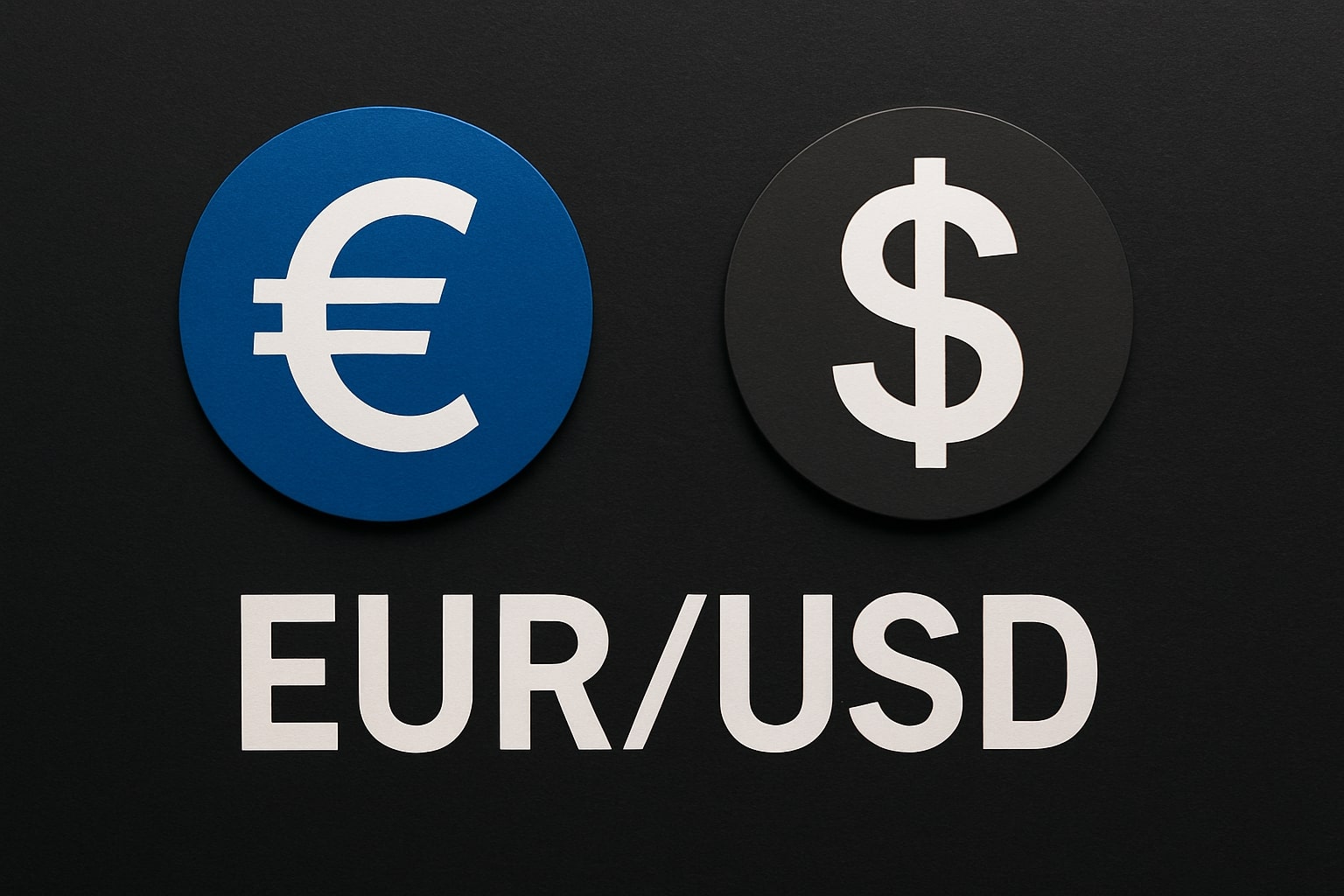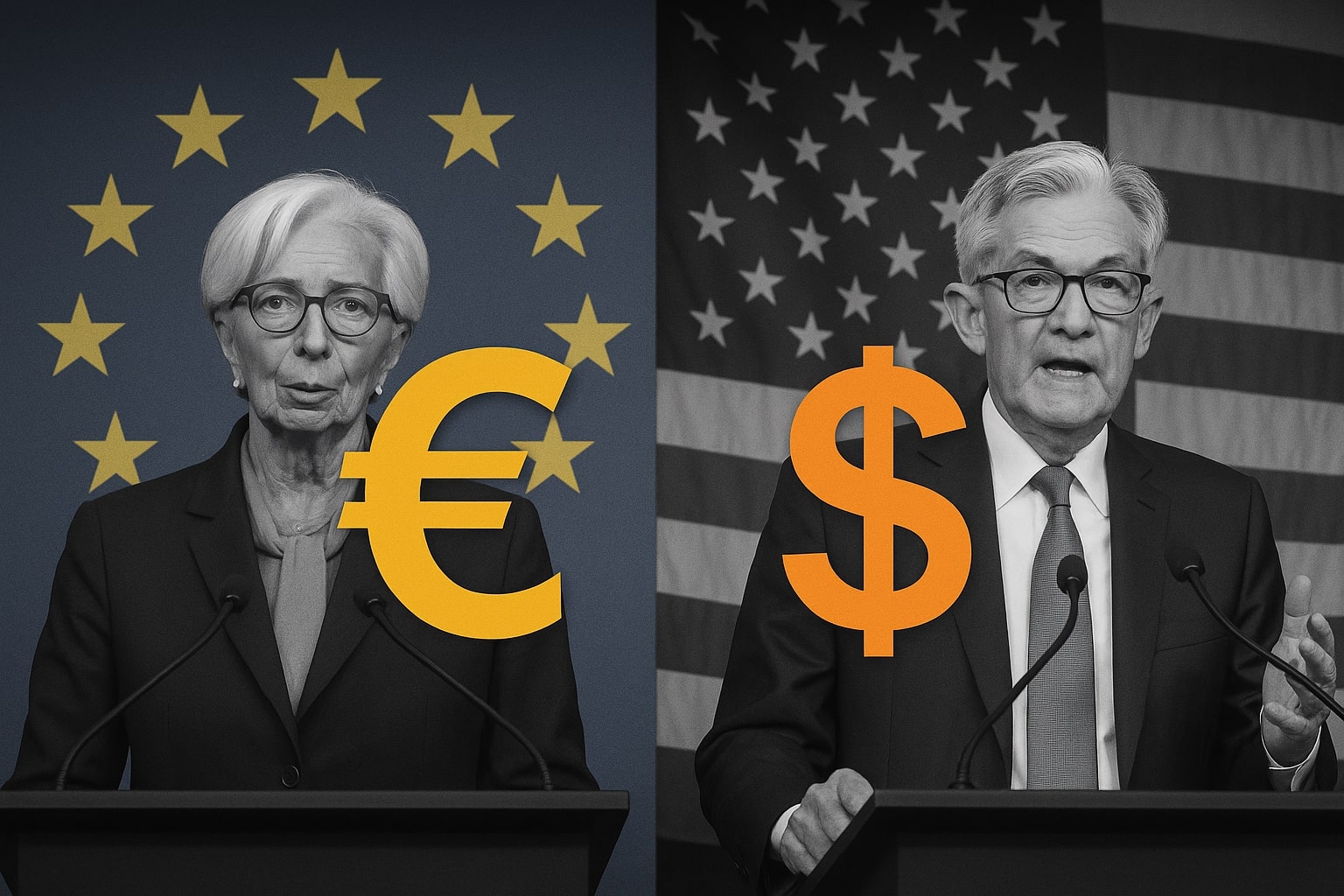EUR/USD Price Movement: A Comprehensive Analysis of Market Dynamics
EUR/USD Strengthens Amid U.S. Dollar Weakness
The EUR/USD pair is showing notable strength, reaching around 1.1330 in early European trading on May 21, 2025, marking a 0.42% increase for the day. This rise comes as the U.S. Dollar (USD) faces pressure following the U.S. credit downgrade by Moody’s, which downgraded the U.S. credit rating from Aaa to Aa1. This downgrade reflects concerns over the growing U.S. fiscal deficit and the nation's inability to reduce its ballooning debt, which has led to a loss of confidence in the U.S. Dollar.
Key Support and Resistance Levels for EUR/USD
Technically, the EUR/USD remains in a positive outlook, supported above the 100-day Exponential Moving Average (EMA), which suggests that further upward momentum may be possible in the near term. With the Relative Strength Index (RSI) standing at 57.45, the pair is in bullish territory, signaling potential for more upside. The immediate resistance for EUR/USD sits at 1.1382, which marks the high reached on May 6. A decisive break above this level could open the door to further gains, targeting 1.1455, which is the upper boundary of the Bollinger Bands.
If the bullish momentum continues, further upside could be seen towards the April 21 high of 1.1574. However, the downside risk remains, with 1.1211—the low of May 8—acting as a critical support level. Should EUR/USD break below this point, the pair could move lower, potentially testing 1.1106, the lower limit of the Bollinger Band.
Geopolitical and Economic Developments Affecting EUR/USD
The U.S. Dollar’s weakness has been further compounded by global political developments. Tensions between the U.S. and China over trade policies, particularly regarding Huawei's role in AI chip production, have intensified. These geopolitical concerns, combined with the U.S. Sovereign Credit Rating downgrade, have pressured the USD even further, giving EUR/USD a firm foothold above the 1.1300 level.
U.S. Data and Tariff Uncertainty Fuel Investor Concerns
While the EUR/USD pair has seen positive movements, it is important to note that the U.S. is facing internal challenges as well. The S&P PMI figures to be released later this week are expected to be mixed, with the U.S. Manufacturing PMI showing a slight decrease to 50.1 from 50.2 in April. Meanwhile, the Services PMI is expected to hold steady at 50.8. These figures indicate that the U.S. economy is experiencing growth, but at a slower pace, contributing to the bearish sentiment around the USD.
Despite the mixed data, traders are focusing on the EUR/USD pair, especially as the European Union remains cautious about the risk of under-target inflation, with estimates for 2026 inflation pegged at 1.7%. The European Central Bank (ECB) has expressed concern about inflation and hinted at the potential need for further rate cuts, which could weigh on the Euro but may also help to keep the EUR/USD bullish in the short term.
Impact of the U.S. Credit Rating Downgrade on EUR/USD
The Moody’s downgrade of the U.S. credit rating has significant implications for the EUR/USD pair. The U.S. is grappling with rising debt levels and persistent fiscal imbalances. As the U.S. debt rises to $36 trillion, fears grow that the U.S. government will continue to rely on debt financing, increasing the long-term cost of capital. This will likely push investors toward the Euro, especially as EUR/USD gains momentum due to the weakening USD.
Current Market Sentiment and Future EUR/USD Outlook
The ongoing uncertainty in the U.S. market is helping to fuel the EUR/USD rally, with the Euro strengthening in response to global concerns over U.S. debt and trade disputes. The Eurozone’s more stable economic outlook, coupled with a stronger Euro, continues to attract bids for the EUR/USD pair. On the flip side, the U.S. Dollar’s decline may not last indefinitely. With U.S. Treasury yields still high and Federal Reserve actions on the horizon, the potential for a reversal exists. As geopolitical tensions evolve and global trade dynamics continue to shift, the EUR/USD pair will remain volatile.
Where Do We Stand on EUR/USD’s Future Movements?
Given the current data, the EUR/USD pair seems poised for a cautious upward trajectory. As of today, the EUR/USD is near 1.1330, a point that traders will closely monitor for a potential breakout above 1.1382. The ongoing U.S. credit downgrade and economic uncertainties will likely keep the Euro buoyed in the short term. However, if 1.1211 is breached, the pair could experience more significant pullbacks, possibly targeting the 1.1106 and 1.0940 levels.
With Eurozone inflation projections staying below 2% for the next few years, and U.S. policy remaining uncertain, EUR/USD will continue to be affected by both regional and global factors. Therefore, investors should stay vigilant to the latest U.S. economic releases, especially PMI figures and any shifts in trade policies, as these will significantly affect the EUR/USD exchange rate.




















